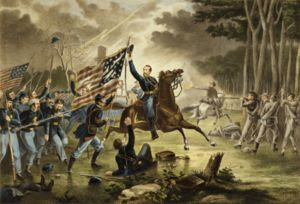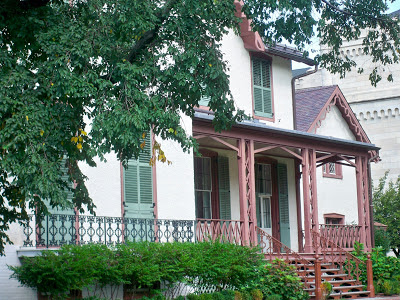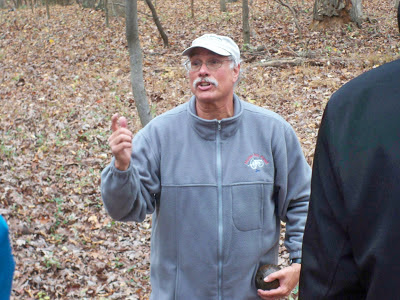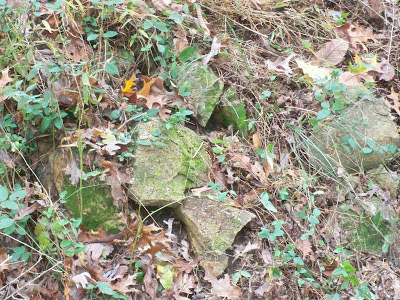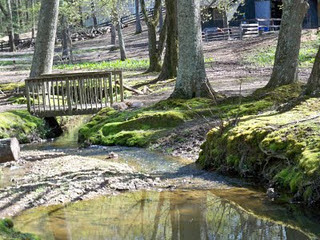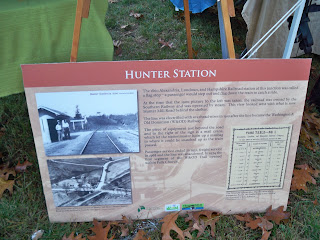Pearl Harbor Day
Today is the anniversary of the Japanese attack on Pearl Harbor, but for people much younger than I am, it’s simply December 7. September 11, 2001, pretty much took care of what time and attrition hadn’t already.
This is not altogether a bad thing. How many days of infamy should one year hold?
But because my father is a World War II veteran, and because I shared his pain recently when a nurse at the VA Hospital had no idea what “D Day” meant, I feel some sadness as Pearl Harbor Day vanishes from the collective memory.
At least this shouldn’t happen until everyone directly affected by it is gone. That’s not the way it is, I know, especially as our national attention span grows shorter by the day. But that’s the way it ought to be.
